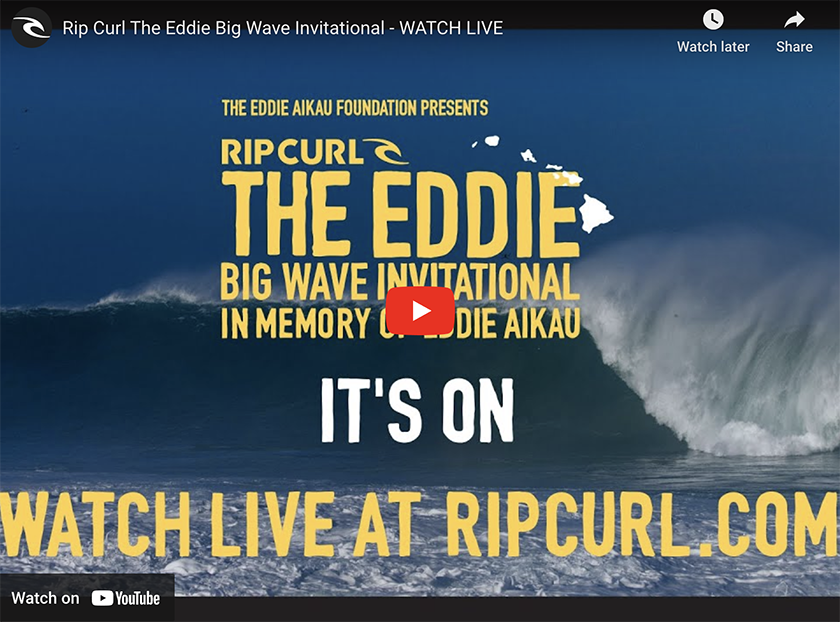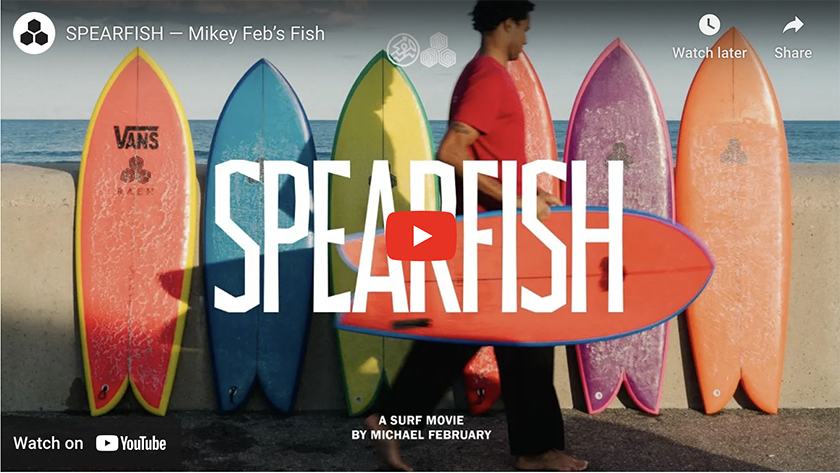The statistical peak of the Atlantic Hurricane Season is September 10th. For alot of Florida residents, and coastal dwellers up and down the East Coast, this brings fear of destruction and loss of property, and the need for preparation. Hurricane Idalia brought massive storm surge and wind damage to a large portion of the Big Bend area of Florida just last week.

For surfers however, this time of year presents perhaps our best opportunity for long period ground swell and the chance to catch some overhead waves! This guide will give you some insight into what to look for when it comes to the perfect storm (for surfers) and how to be prepared to catch what could be the wave of your life.
We have prepared a collection on the Surf Station online store for you to get what you need to get the most out of the upcoming swells from Hurricane Lee and beyond: 2023 Hurricane Preparedness for Surfers
As we get into September, we reach the time of year when so called Cape Verde storms start to develop. Earlier in the season, persistent dry air off Africa and strong upper-level winds preclude any significant tropical development in the eastern Atlantic Ocean. As the atmosphere gets ripe, water temperatures rise, and upper-level winds start to relax creating the perfect environment for hurricanes to form! As scientists have recorded the summer of 2023 as the hottest summer on record, and with record warm water temperatures over the tropical Atlantic, we are set to have an active Cape Verde season.

The other thing to notice is that we are in the midst of a developing El Nino in the Pacific Ocean, which tends to make the tropical and sub-tropical jet stream more active. This means stronger upper-level winds across the Gulf of Mexico and Florida, and could come into play in keeping storms out to sea away from land.
So what’s the best case scenario for a hurricane to give a healthy dose of swell to the east coast of the United States, without causing any destruction? We like to call those Fish Storms, because they stay out to sea and don’t impact any major land areas.
To get a better idea of how hurricanes product major swell events, let’s look at swell production in general, and the factors that come into play. There are basically 3 main ingredients that come together to maximize swell production. Those are wind speed, fetch, and duration.

Alot of times even major hurricanes are small in size, and although they have strong winds, the fetch is not long enough to create a huge swell. So sometimes even Tropical Storms that are large enough can generate more swell than a small hurricane.
As a storm moves forward, it generates swells that propagate outward, especially in the direction of travel. As those swells are produced, if the storm is moving slowly enough, it has a chance to keep blowing over those same swells. This is known as “virtual fetch” and it is well known that a storm moving towards your location will produce much more swell than the same storm moving away.
Swell production peaks at around 24 hours, so fast moving storms don’t get enough duration over the water to maximize wave height. So the best case scenario is a large powerful storm with hurricane force winds extending outward at least 100 miles from the center, moving slowly towards the coast for days.
STORM SURF SWELL DECAY TABLE
The other important variable is swell decay over distance. On the west coast of
Central America, huge storms in the roaring 40s create massive seas 40-50 feet in the southern ocean off New Zealand and Chile, and travel 3000-5000 miles across the Pacific Ocean to places like Costa Rica, Nicaragua, El Salvador and Mexico. Hurricane swells are often produced closer to home, and the best swells along the East Coast of the U.S. are usually from hurricanes that are 500-1000 miles off the coast.
So where do you go to catch the best waves when there is a hurricane swell? Ahhhh….the million dollar question. Often times large long-period swells end up being closeouts along the beach breaks of Florida and the Carolinas. There are no channels to paddle out, which makes getting outside challenging to say the least when the size approaches double overhead.
Along the Florida east coast, there are several inlets that have jetties or outside shoals that can cause long-period swell to wrap and peel off when the tide and wind are just right. New Jersey and the south facing beaches of Long Island have groins that have a similar effect. Up in New England, rocky points and islands can be dreamy setups that beg for a solid long-period swell to light up.https://www.youtube.com/embed/pqOvAsQq3Aw?si=9HRVa8DzM046PUDX
So if you saw the perfect storm coming from Africa, north of the Caribbean islands placed perfectly in our swell window, with no danger of hitting land, what’s a wave starved surfer to do? Load up the van with your favorite shortboard and a step-up surfboard, a cooler full of drinks and food, and follow the swell up the coast!
Here at the Surf Station, we have put together a collection of things you might need along the way, to be fully prepared during the Atlantic hurricane season of 2023. Make sure to bring someone along with a camera or drone, break out the GoPro or snap a few shots with your iPhone along the way so we all know that you scored! And be sure to tag #surfstation on your social media posts so we can pick the best clips after the storm and tell the story.








